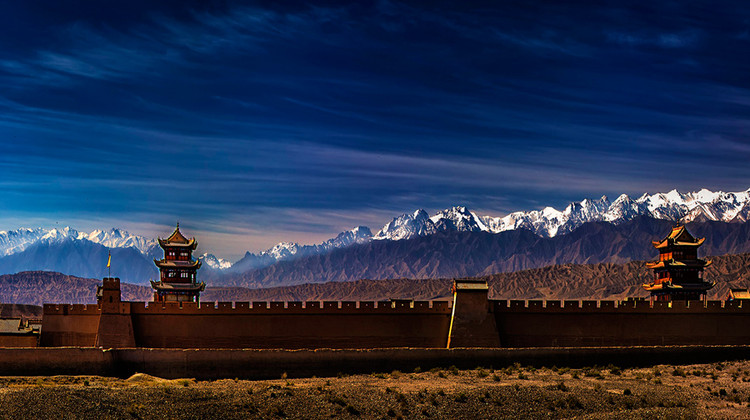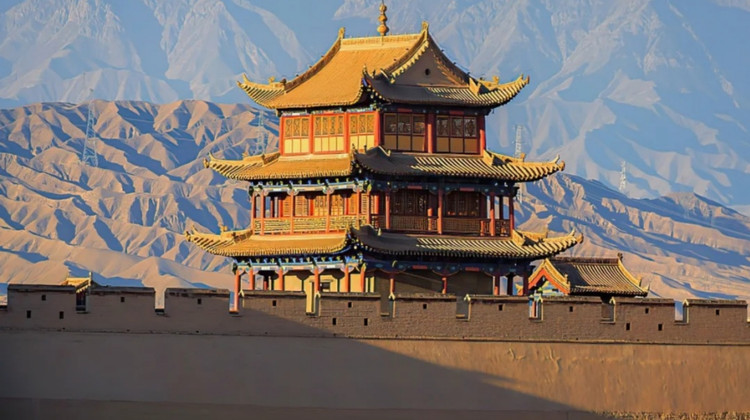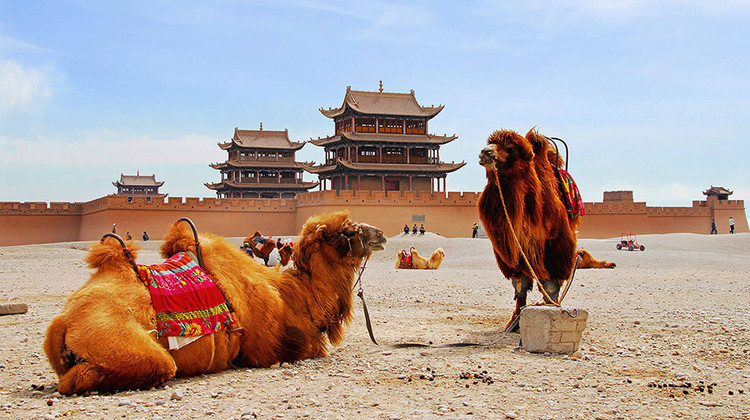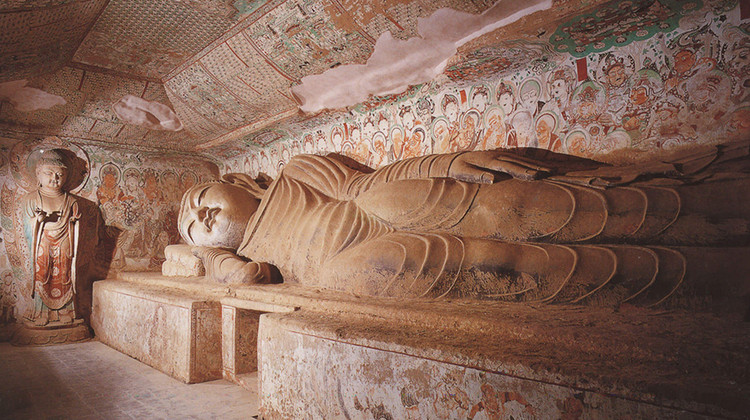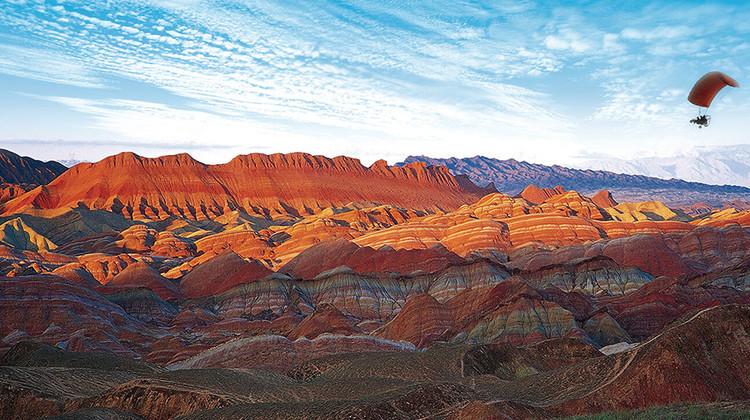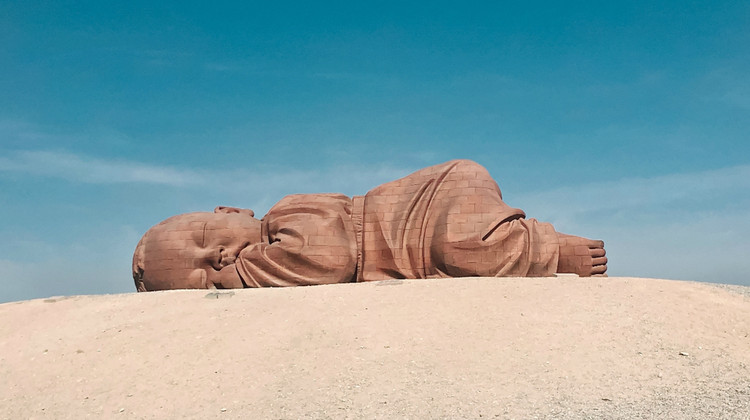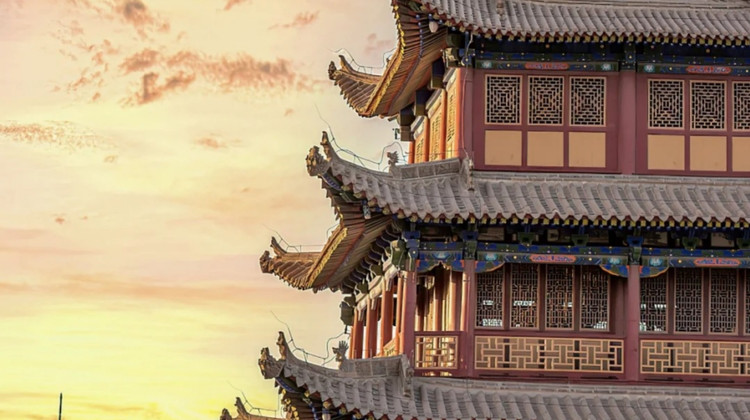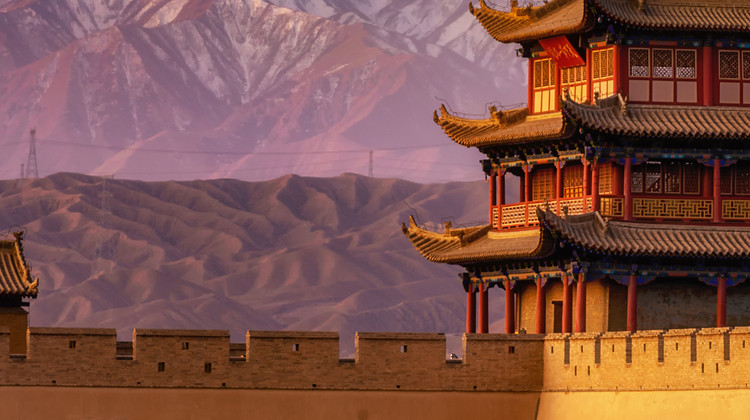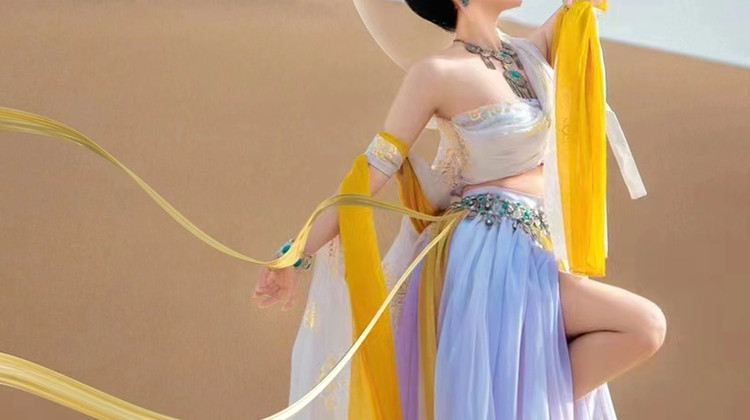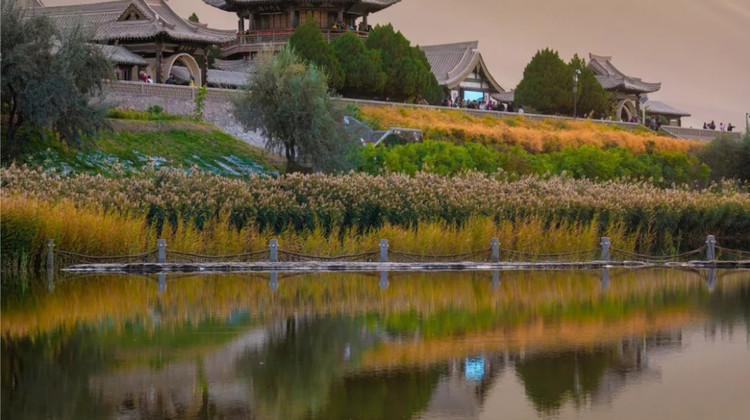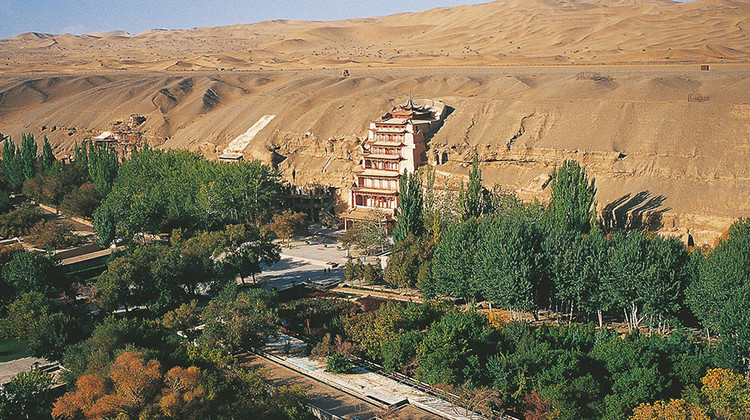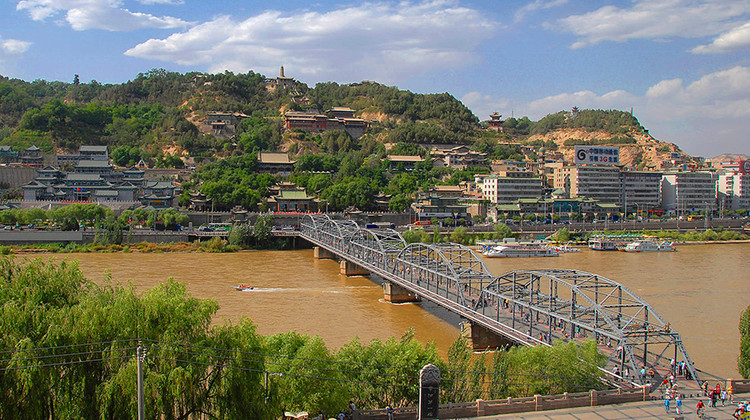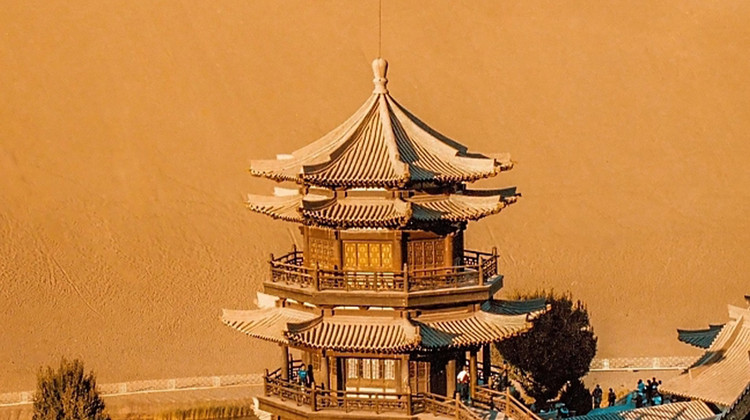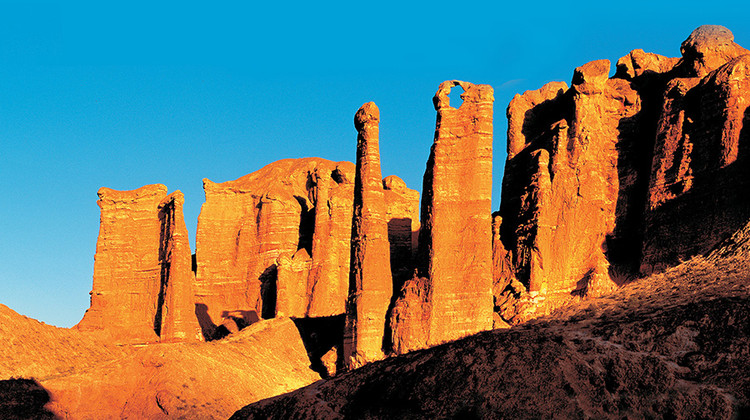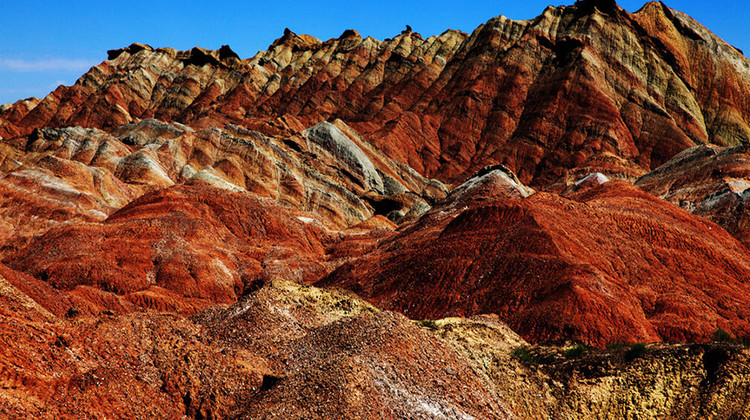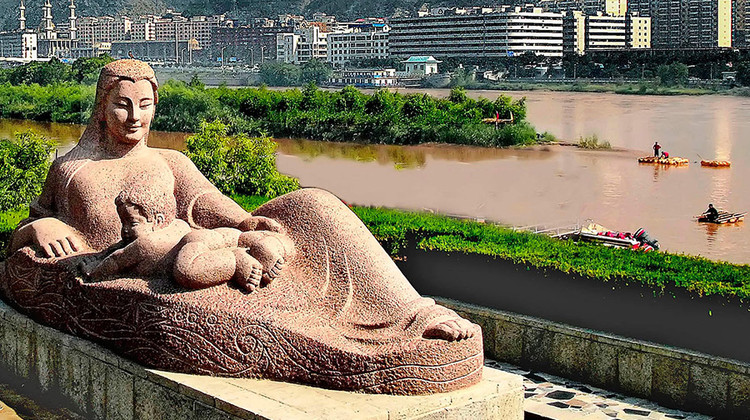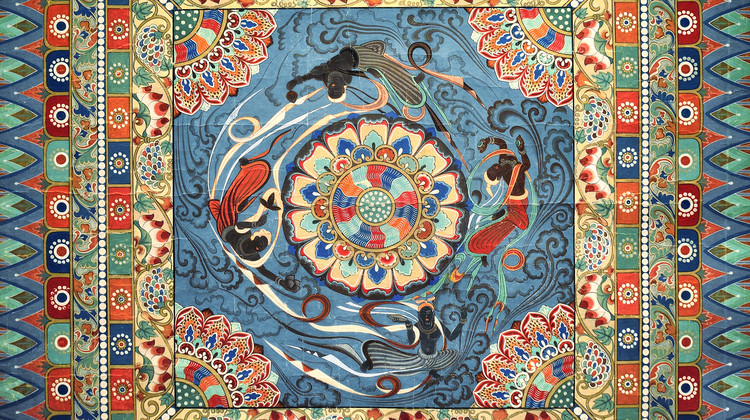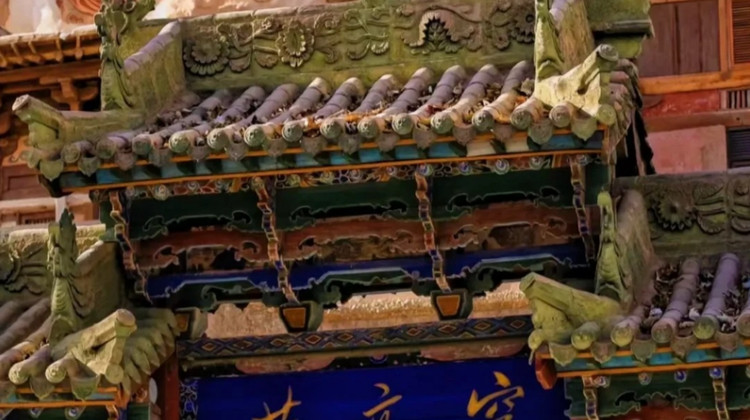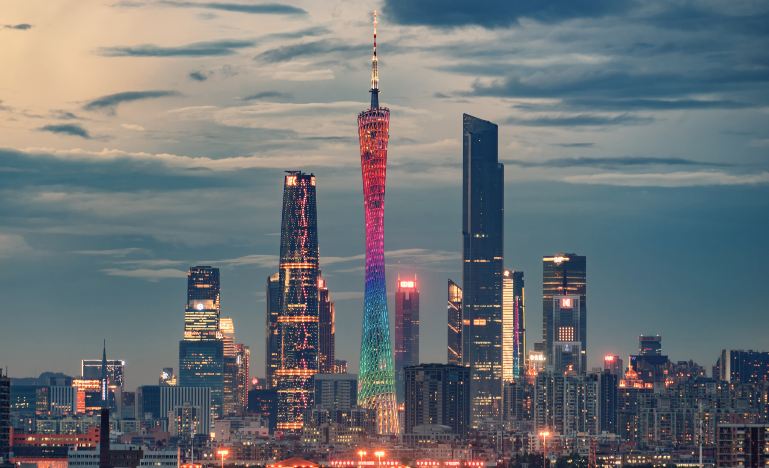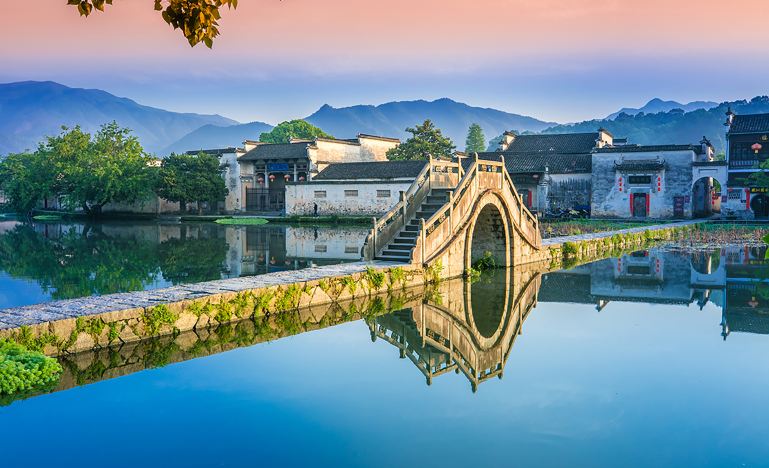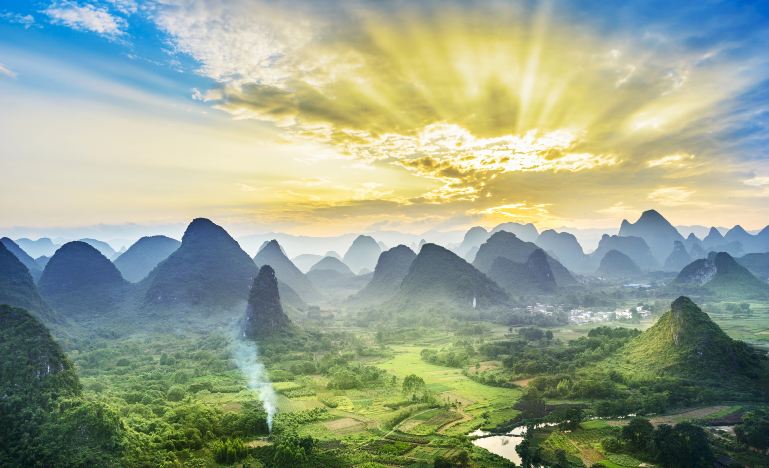Lanzhou + Zhangye + Jiayuguan + Jiuquan + Dunhuang 5-Day 4-Night Small Group Trip
★ Scenic Highlights Visit the ancient Mogao Caves, admire the desert wonders of Mingsha Mountain, the colorful Danxia landforms, and the majestic Jiayuguan Pass City.
Note:
- Desert areas have a very dry climate, pay attention to moisturizing.
- Muslim concentrated areas
Itinerary
City Attractions:
– **Zhongshan Iron Bridge** Built in the 33rd year of the Guangxu period (1907), it is one of the oldest bridges in Lanzhou and is known as “The First Bridge over the Yellow River in the World.”
– **Sculpture of the Mother of the Yellow River** One of the many sculptures across the country that represent the Yellow River, the mother river of the Chinese nation, it has won the Excellence Award in the first national urban sculpture plan evaluation.
– **Yellow River Scenic Belt** An urban riverside green corridor that integrates mountains, waters, and cultural heritage.
– **Gansu Provincial Museum** It collects precious cultural relics from ancient times to modern in Gansu, with a collection of more than 80,000 pieces (sets) of precious historical cultural relics and natural specimens, especially characterized by Gansu painted pottery from the Neolithic Age, Han Dynasty bamboo slips, Han and Tang Dynasty Silk Road treasures, Buddhist art treasures, and ancient biological fossils. (Advance reservation required one day in advance, normally closed on Mondays)
Specialty Dining:
– Lanzhou Beef Noodle Soup: Mogan Beef Noodle Soup, Bai Jianqiang Beef Noodle Soup, Jin Qiang Beef Noodle Soup, etc.
– Specialty Snacks: Grey Bean, Milk and Egg Fermented Rice, Sweet Fermented Dough, Stuffed Skin, Crystal Cake, Mutton Skewers, etc.
– Specialty Cuisine: Fat Mom’s Hand-Grabbed Meat, Ma Zhonghua Hand-Grabbed Meat, Zhengning Road Night Market, etc.
Zhangye National Geopark (simplified Chinese: 张掖国家地质公园; traditional Chinese: 張掖國家地質公園; pinyin: Zhāngyè Guójiā Dìzhìgōngyuán) is located in Sunan and Linze counties within the prefecture-level city of Zhangye, in Gansu, China. It covers an area of 322 square kilometres (124 sq mi). The site became a quasi-national geopark on 23 April 2012 (provisional name: Zhangye Danxia Geopark). It was formally designated as “Zhangye National Geopark” by the Ministry of Land and Resources on 16 June 2016, after it passed the on-site acceptance test.
Known for its colorful rock formations, it has been voted by Chinese media outlets as one of the most beautiful landforms in China. It became a UNESCO Global Geopark in 2019.
A giant sculpture of a baby measuring 15m in length in the middle of the Gobi Desert continues to attract thousands of visitors almost a decade after it was first made.
Within the vast expanse of the Gobi Desert, near the Chinese city of Jiuquan, lies an enormous sculpture of a sleeping baby. Professor Dong Shubing, of Tsinghua University in Beijing, created the “Son of The Earth” sculpture in 2016 from coarse red sandstone. It depicts a gigantic baby peacefully asleep on the ground.
The baby measures 15 metres in length, 4.3 metres in height, and 9 metres in width. According to Professor Dong Shubing, the reason for the giant baby was to protect the local living environment.
Professor Dong Shubing raised the funds needed for the design and construction of the sculpture himself. After the construction, it was donated at no cost to the local people and has since become a landmark on the desolate desert land.
According to China Today, the artwork received 375,000 tourists from January to May in 2023, with an average daily tourist reception of more than 2,500.
The Mogao Caves, also known as the Thousand Buddha Grottoes or Caves of the Thousand Buddhas, form a system of 500 temples 25 km (16 mi) southeast of the center of Dunhuang, an oasis located at a religious and cultural crossroads on the Silk Road, in Gansu province, China. The caves may also be known as the Dunhuang Caves; however, this term is also used as a collective term to include other Buddhist cave sites in and around the Dunhuang area, such as the Western Thousand Buddha Caves, Eastern Thousand Buddha Caves, Yulin Caves, and Five Temple Caves. The caves contain some of the finest examples of Buddhist art spanning a period of 2,000 years.
The first caves were dug out in 366 CE as places of Buddhist meditation and worship; later the caves became a place of pilgrimage, and caves continued to be built at the site until the 14th century. The Mogao Caves are the best known of the Chinese Buddhist grottoes and, along with Longmen Grottoes and Yungang Grottoes, are one of the three famous ancient Buddhist sculptural sites of China.
An important cache of documents was discovered in 1900 in the so-called “Library Cave”, which had been walled-up in the 11th century. The contents of the library were subsequently dispersed around the world, and the largest collections are now found in Beijing, London, Paris and Berlin, and the International Dunhuang Project exists to coordinate and collect scholarly work on the Dunhuang manuscripts and other material. The caves themselves are now a popular tourist destination, but the number of visitors has been capped to help with the preservation of the caves.
Dunhuang is a county-level city in northwestern Gansu Province, Western China. According to the 2010 Chinese census, the city has a population of 186,027, though 2019 estimates put the city’s population at about 191,800. Sachu (Dunhuang) was a major stop on the ancient Silk Road and is best known for the nearby Mogao Caves.
Dunhuang is situated in an oasis containing Crescent Lake and Mingsha Shan (鳴沙山, meaning “Singing-Sand Mountain”), named after the sound of the wind whipping off the dunes, the singing sand phenomenon. Dunhuang commands a strategic position at the crossroads of the ancient Southern Silk Route and the main road leading from India via Lhasa to Mongolia and southern Siberia, and also controls the entrance to the narrow Hexi Corridor, which leads straight to the heart of the north Chinese plains and the ancient capitals of Chang’an (today known as Xi’an) and Luoyang.
Administratively, the county-level city of Dunhuang is part of the prefecture-level city of Jiuquan. Historically, the city and/or its surrounding region has also been known by the names Shazhou (prefecture of sand) or Guazhou (prefecture of melons). In the modern era, the two alternative names have been assigned respectively to Shazhou zhen (Shazhou town) which serves as Dunhuang’s seat of government, and to the neighboring Guazhou County.
FAQs
A: Built in 1907, Zhongshan Iron Bridge is one of the oldest bridges in Lanzhou and is known as “The First Bridge over the Yellow River in the World.”
A: Zhangye National Geopark is known for its colorful rock formations and was voted as one of the most beautiful landforms in China. It became a UNESCO Global Geopark in 2019.
A:For 144hour-free-visa, you can refer this post 144-hour-Visa-Free Transit policies for Foreign Nationals – A Complete Guide in 2024 – ChinaTravelTips (china-travel-tips.com)

